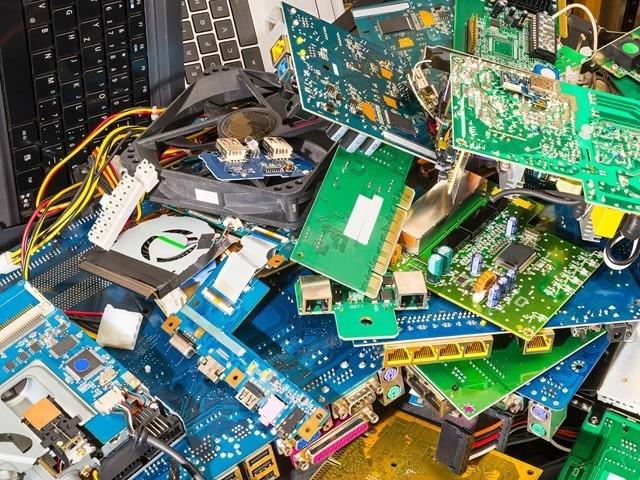The fast advancement of technology in the digital age has led to continuous improvements in electronic gadgets, which has caused an increase of electronic trash, or e-scrap, globally. Printed circuit boards (PCBs) are a vital and valuable component of e-scrap, as they contain rare elements and precious metals among their many other components. With growing worries about resource scarcity and environmental sustainability, the industry for PCB and e-scrap recycling has attracted more attention.
The proliferation of electronic gadgets across industries has fueled the growth of e-scrap. From smartphones to laptops, and from household appliances to industrial machinery, electronic devices are ubiquitous. However, their finite lifespan contributes significantly to electronic waste accumulation. Recognizing the environmental hazards and the potential for resource reclamation, initiatives to recycle e-scrap, especially PCBs, have gained momentum.
Printed circuit boards, the backbone of electronic devices, are intricate assemblies of conductive pathways and components. They contain valuable materials like gold, silver, copper, and palladium, making them economically attractive for recycling. Moreover, PCBs often harbor hazardous substances such as lead and mercury, emphasizing the need for proper disposal and recycling methods to mitigate environmental risks.
The e-scrap recycling industry employs sophisticated techniques to extract valuable metals from PCBs efficiently. Processes like mechanical shredding, pyrometallurgy, and hydrometallurgy enable the recovery of precious metals and other recyclable materials. Additionally, advancements in recycling technologies continue to enhance extraction efficiency while minimizing environmental impact.
The global e-scrap and PCB recycling market have witnessed steady growth due to stringent regulations, increasing awareness about environmental sustainability, and rising demand for precious metals. Governments and regulatory bodies are implementing measures to encourage responsible e-waste management and incentivize recycling practices.
Furthermore, the circular economy paradigm underscores the importance of recycling and reusing resources to minimize waste and conserve natural resources. By embracing circularity in e-scrap management, stakeholders can reduce the environmental footprint of electronics manufacturing and consumption while creating economic opportunities through resource recovery and recycling.


